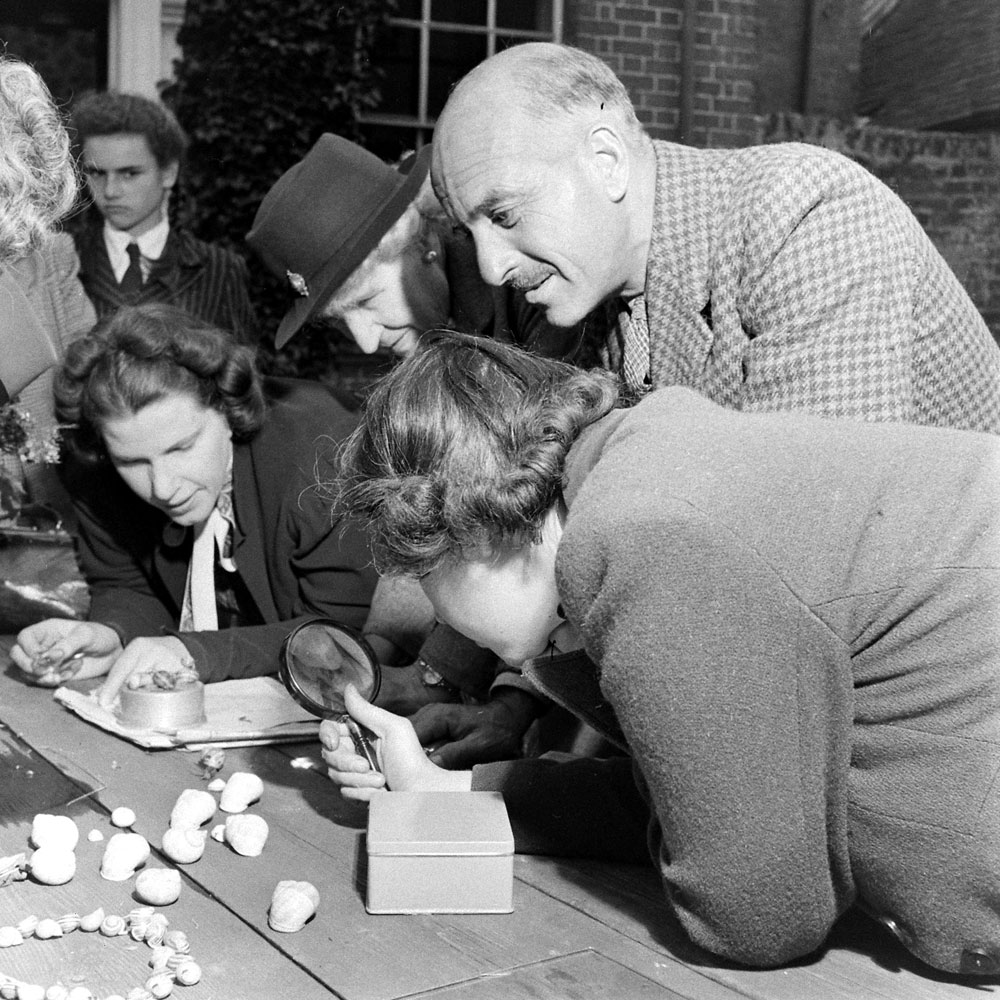
Consider the snail. Humble, deliberate, primeval, the wee gastropod that comes to mind when we hear or see that one, simple word — snail — is seemingly the very last creature about which anyone would or could grow not merely protective, but passionate. After all, seen in a certain light (for that matter, seen in any light) the common snail is an irrelevancy or, if one is a gardener, a pest to be dispatched posthaste.
Then again, perhaps we’re not giving the snail its due. Perhaps there’s more to this mucus-y, slithering, boneless lazybones than meets the eye. Perhaps, if we engage in a subtle recalibration of our assumptions about our fellow creatures, we might find that the snail is not only worthy of our attention, but even of something like devotion. Perhaps the mild snail, dilly-dallying its way through life, can teach us something about the . . .
Oh, never mind! The fact is, most of us pass our days blissfully unconcerned with what snails — near and far, large and small — might be up to. Most of us, quite frankly, just don’t care.
But there was once a time, in a land called England, when dozens — nay, scores! — of snail fanciers did care, and struggled to rehabilitate the image of the oft-maligned critters. LIFE magazine photographer Hans Wild visited the intrepid souls of the British Snail-Watching Society in 1946. This gallery highlights some of the pictures he made. For the story of the society itself, however, it’s probably best to simply quote from the December 2, 1946, issue of LIFE, which really did manage to hit just the right tone when discussing this slippery issue:
The British Snail-Watching Society is an organization dedicated to the theory that man, harassed by the mounting tempo of modern life, has something to learn from contemplating the snail. The society’s whimsical propaganda has fascinated England and even resulted in editorials in the [London] Times. A recent meeting of the society, at which the pictures on these pages were taken, featured a snail race which, to snail lovers, is the equivalent of the Kentucky Derby.

The Snail-Watching Society was founded last year as an elaborate family joke by Peter Henniker Heaton, an ex-employee of the Admiralty, after he had extravagantly admired a roadside bank silvered by snails after a rain. The snail, Henniker Heaton declared, can teach man a thing or two because it has solved many of man’s own dilemmas: 1) it carries its house on its back, 2) it makes its own roads by glandular secretion, 3) it takes its time.
Already the society has 70 members, a book full of press clippings and correspondence from far parts of the world. Its members write indignant letters to the press protesting such barbaric customs as eating snails, of which there are 40,000 varieties. Best known are the small garden snails of the order stylommatophora, but in Australia there is a variety, megalatractus proboscidiferus Lamarck, whose shell measures two feet. Of the society’s favorite sport, Henniker Heaton says, “When you are used to snail-racing, horse races are over too quickly.”
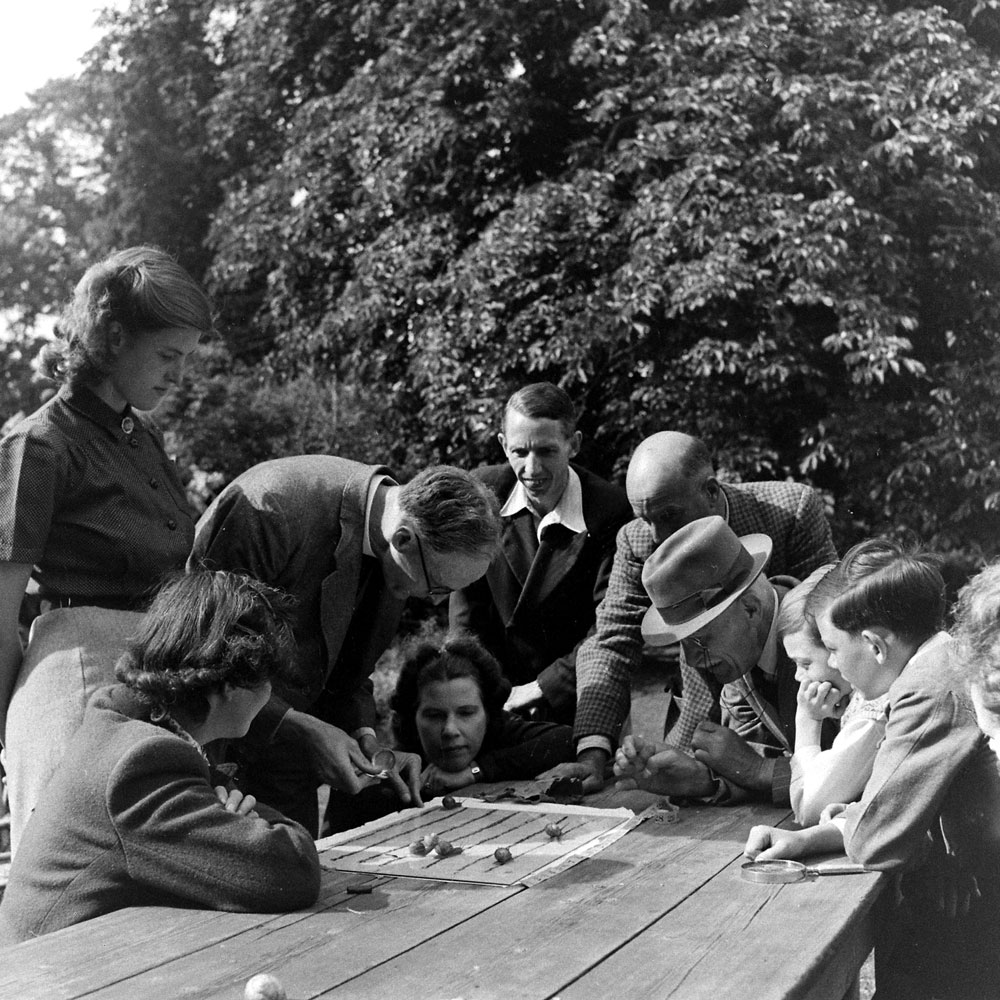







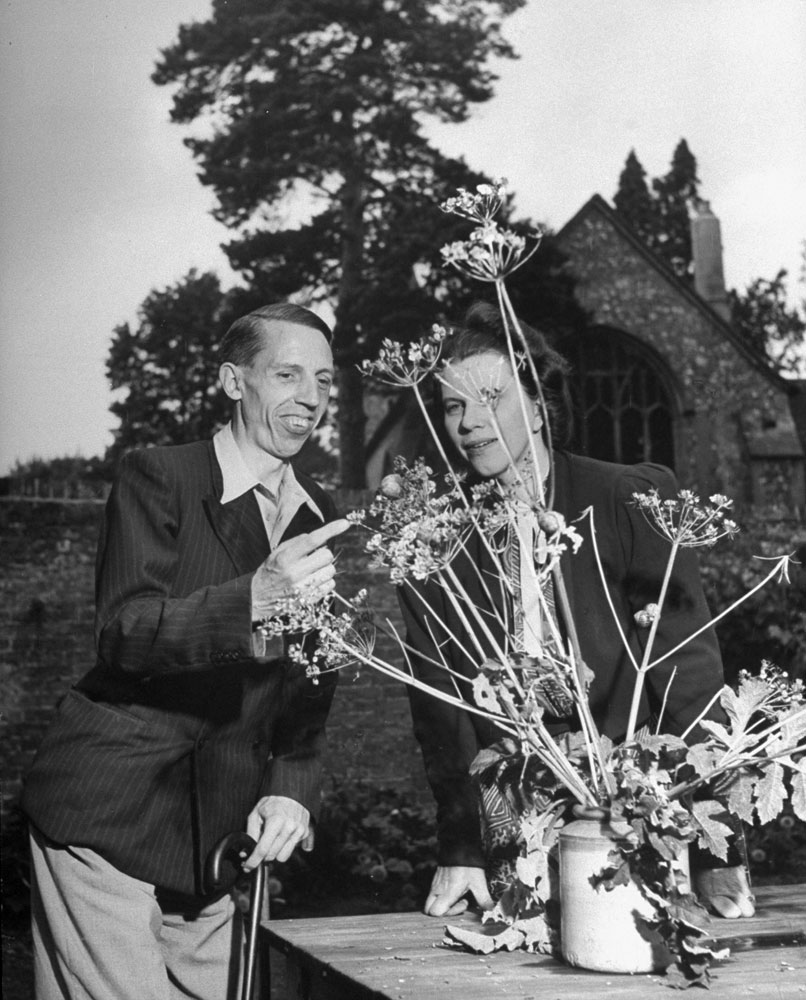


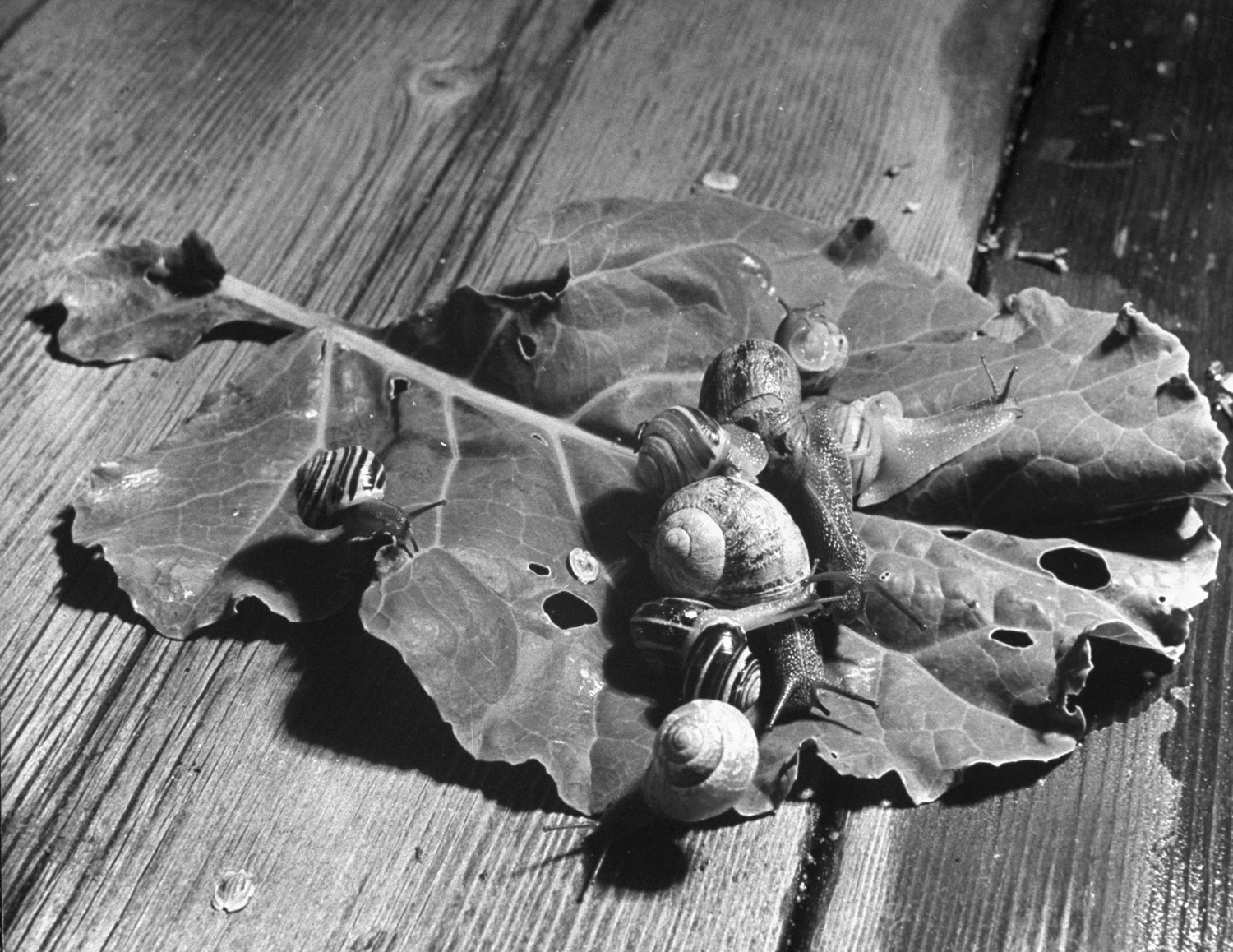

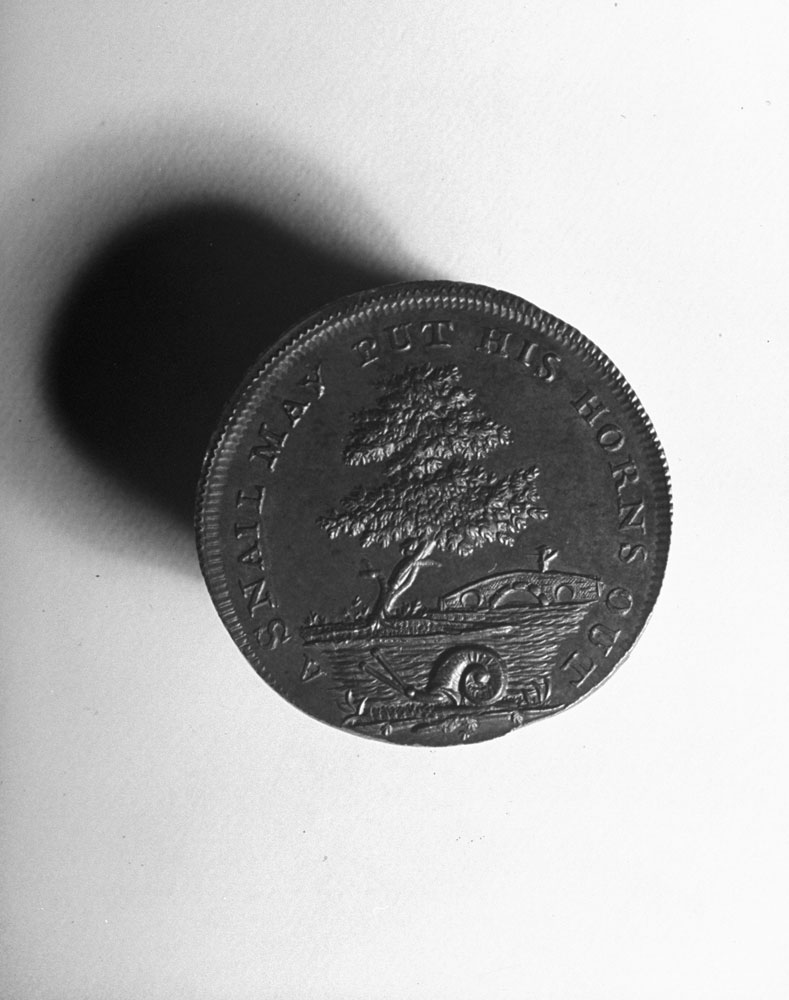

More Must-Reads from TIME
- Cybersecurity Experts Are Sounding the Alarm on DOGE
- Meet the 2025 Women of the Year
- The Harsh Truth About Disability Inclusion
- Why Do More Young Adults Have Cancer?
- Colman Domingo Leads With Radical Love
- How to Get Better at Doing Things Alone
- Michelle Zauner Stares Down the Darkness
Contact us at letters@time.com